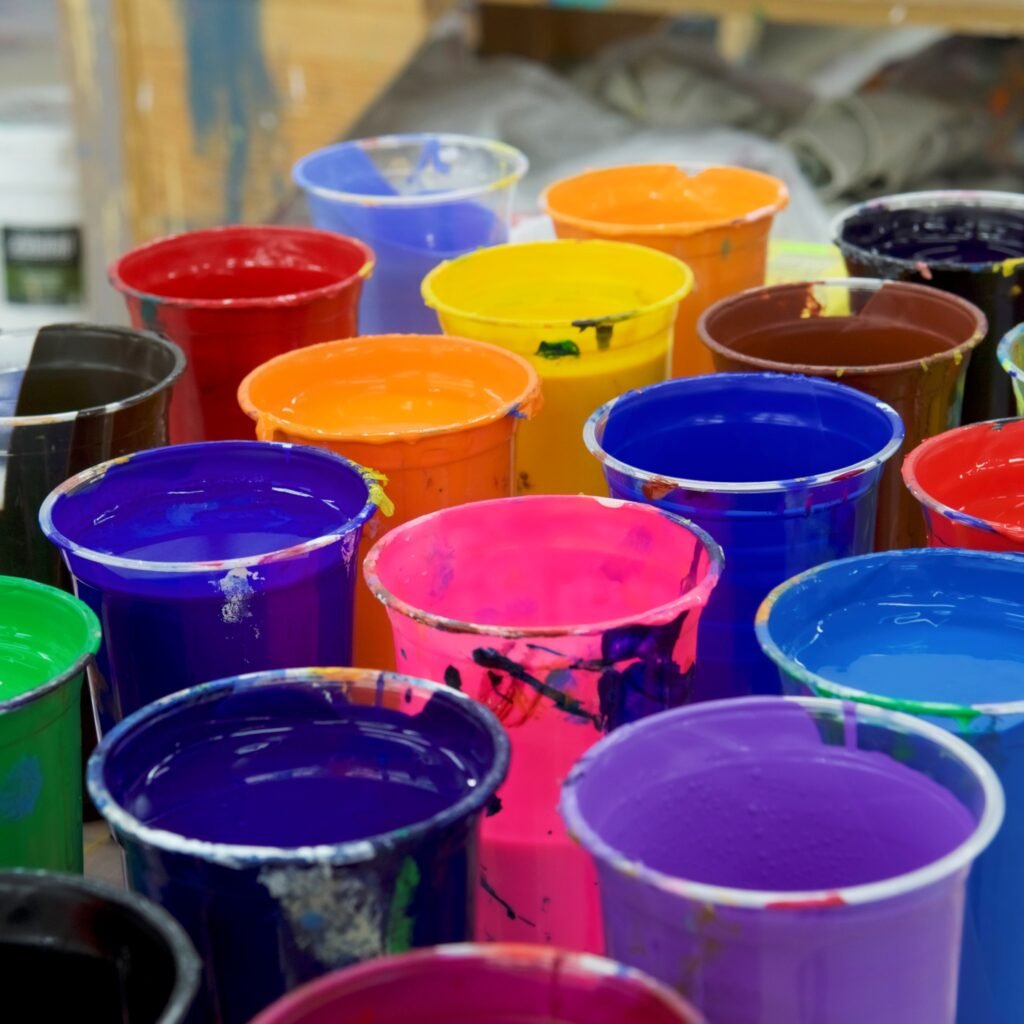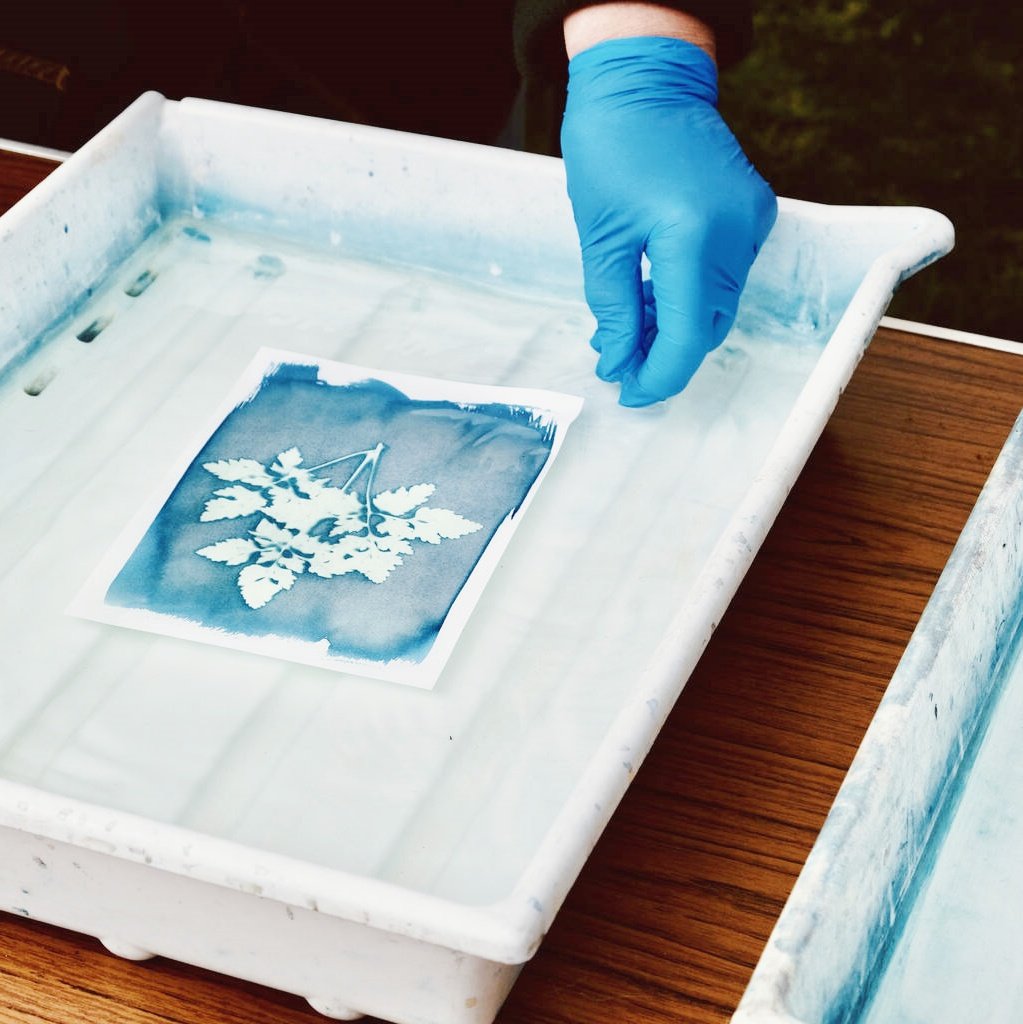Добро пожаловать! В этом руководстве рассказывается, как специальные чернила Улучшите текстильную печать с помощью экспертных знаний ООО «Индастри Экспириенс»
Независимо от того, новичок вы или опытный печатник, мы расскажем вам о последних новинках трафаретная печать, экологически чистые решения и передовые технологии.
Оглавление
1. Типы специальных чернил
Специальные чернила выходят за рамки стандартных вариантов, предлагая уникальные текстуры, отделки и долговечность. Ключевые категории включают:
А. Пластизолевые краски
- Прочный и яркий, идеально подходит для одежды.
- Примеры:
- Экстра-зеленые пластизольные чернила (экологически чистый)
- Экстра-черные пластизольные чернила (высокая непрозрачность)
- Чернила для пластизоля Puff (3D текстура)
B. Чернила на водной основе
- Мягкое ощущение, экологичный.
- Низкий уровень выбросов ЛОС, что отлично подходит для детального проектирования.
C. УФ-отверждаемые чернила
- Быстросохнущий, работает на жестких основаниях (стекло, металл).
- Энергоэффективность благодаря светодиодному отверждению.
D. Краски для спецэффектов
- Металлические покрытия: Великолепный результат.
- Светится в темноте: Идеально подходит для новинок.
- Сублимационные чернила: Яркие принты на основе красителей.
Таблица быстрого сравнения
| Тип чернил | Лучшее для | Ключевое преимущество |
|---|---|---|
| Пластизоль | Одежда, долговечность | Высокая непрозрачность, долговечность |
| На водной основе | Экологичные проекты | Мягкое ощущение руки |
| УФ-отверждаемый | Твердые поверхности | Мгновенное отверждение |
| Слоеный/Высокая плотность | Текстурированные дизайны | 3D эффект |
2. Методы трафаретной печати
Освойте эти методы для получения безупречных отпечатков:
А. Настройка
- Выбор количества ячеек сетки: Более высокое значение для мелких деталей (~230 ячеек), более низкое значение для четких отпечатков (~110 ячеек).
- Эмульсия для сеток: Использовать Саати Эмульсии или Удаляющие средства для эмульсии Ulano для чистых экранов.
Б. Процесс печати
- Давление скребка: Отрегулируйте для равномерного нанесения чернил.
- Мгновенное отверждение: Частично высушите слои перед добавлением цветов.
- Точность регистрации: Точное выравнивание многоцветных дизайнов.
C. Устранение неполадок
- Засорены экраны? Использовать Восстановление экрана техники.
- Чернила не прилипают? Применять Клеи для плит или Плазменная терапия.
3. Экологичность в трафаретной печати
Экологичные методы революционизируют отрасль:
- Чернила на водной основе с низким содержанием летучих органических соединений: Сокращение вредных выбросов.
- Светодиодное УФ-отверждение: 50% потребляет меньше энергии, чем традиционные системы.
- Сокращение отходов: Системы CTS сокращают отходы чернил на 50%.
Вы знали?
- 42% принтеров теперь используют чернила на водной основе (данные за 2022 год).
- УФ-отверждение чернил в 3 раза быстрее чем пластизоль (2-5 сек против 60-90 сек).
4. Трафаретная печать или DTG: что выбрать?
| Фактор | Трафаретная печать | Прямая поставка на производство одежды (DTG) |
|---|---|---|
| Лучшее для | Оптовые заказы, спецэффекты | Небольшие партии, фотопечать |
| Эффективность затрат | Ниже за единицу в масштабе | Выше для небольших тиражей |
| Варианты чернил | Пластизоль, пухлый, металлик | CMYK на водной основе |
Гибридный наконечник: Объедините оба варианта для экономически эффективных и высококачественных смешанных тиражей.
5. Будущие тенденции
- Умные чернила: Термохромные (чувствительные к теплу) и фотохромные (реагирующие на свет).
- Автоматизация: М&Р Челленджер III нажатия увеличивают скорость.
- Проводящие чернила: Для носимых устройств и устройств Интернета вещей.
Ключевые выводы
- Подберите тип чернил в соответствии с потребностями проекта (например, пластизоль для прочности, на водной основе для мягкости).
- Отдайте приоритет устойчивому развитию с использованием светодиодной технологии отверждения и сокращения отходов.
- Гибридные рабочие процессы оптимизировать затраты и качество.
Для более глубокого погружения изучите наши руководства по:
- Основы трафаретной печати
- Экологически чистые чернила


